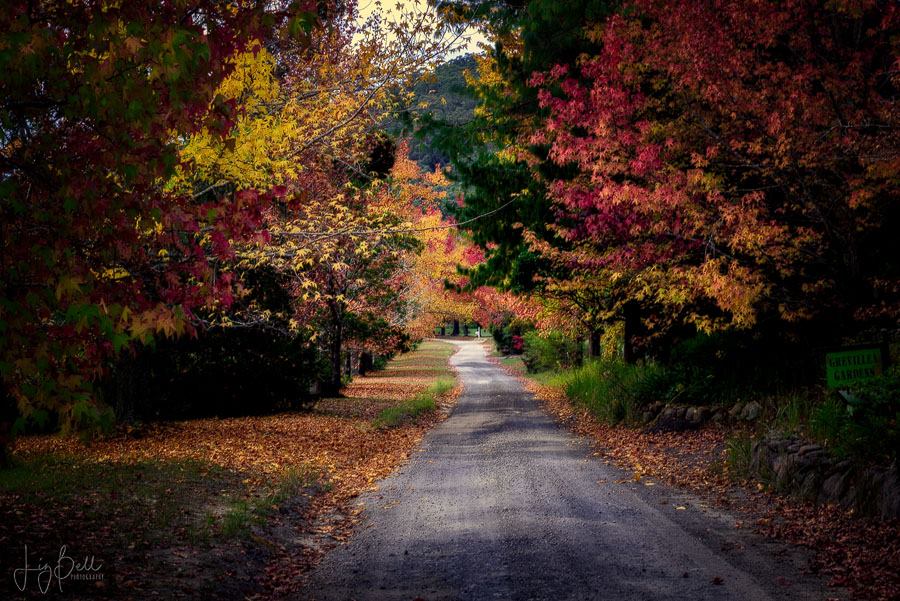In this Focus Blog Guest Post, Focus Member (and currently serving Focus Committee Member & Secretary) Liz Bell shares her research into what it takes to provide the right conditions for glorious Autumn leaf colour!

Contrary to popular belief it’s not a given that the beautiful red leaves will arrive every year!
Leaf Structure
Many people will know that it’s the chlorophyll pigment that colours leaves green.
What many people don’t realise is that leaves also have 3 other pigments:
- Xanthophylls – the pigment that colours leaves yellow
- Caretenoids – the pigment that colours leaves orange
- Anthocyanins – the pigment that colours leaves red
These other 3 pigments are present at different times of the year. Xanthophylls and caretoids are present most of the year but are masked by chlorophyll. Anthocyanins are present in autumn only. The green chlorophyll pigment tends to overpower the other pigments, especially during the warm sunny seasons, where plants use their leaves to turn sunlight into food energy, (photosynthesis), which promotes plant growth and leaves are at their greenest.
It is only when the days start to shorten that many trees stop making their food energy and the chlorophyll is no longer required and starts to break down in the leaves. This is where the other 3 pigments may become visible and hence the vibrant red, orange or yellow leaves may start to appear.
Climate Impacts
1. Rainfall in preceding months/seasons
It’s more than just the arriving autumn season that has an impact on whether leaves change to those vibrant red, yellow and orange colours.
If the preceding spring and summer growth season has been largely dry with little or no rainfall this can cause the chlorophyll to breakdown too quickly and the leaves to become brown and fall, with little or no opportunity for those bright yellow, orange and red colours to arrive.
If there has been moderate rainfall in the preceding spring and summer growth season then the colour may simply be delayed by a few weeks.
In the years where the summer and spring seasons where there has been little or no rain, trees such as the maple family (including liquid ambers and Japanese maples) will struggle to show their red autumn leaves and may only show oranges. Trees such as poplars, (usually yellow and/or orange leaves in autumn), are more susceptible to turning brown and falling without colour change.
2. Temperatures
Cool temperatures are required in order to stimulate production of anthocyanins (the lovely red pigment we love to see in autumn). Where the temperatures are warm then production of the anthcyanins just can’t happen.
As with poor rainfall, warm temperatures can create heat stress that can contribute to the early browning and loss of leaves. Warm temperatures can also mean that trees just don’t receive the signal that autumn has arrived and therefore the colour change is delayed.
With climate change impacting the globe, we can expect to see later and shorter autumns in the future.
References:
- Scientific American
- Climatecentral.org
- Nottingham University UK.
Liz Bell is a passionate photographer based in Sydney, who is currently also a member of the Focus Committee (serving as Secretary).
You may see her work at:
